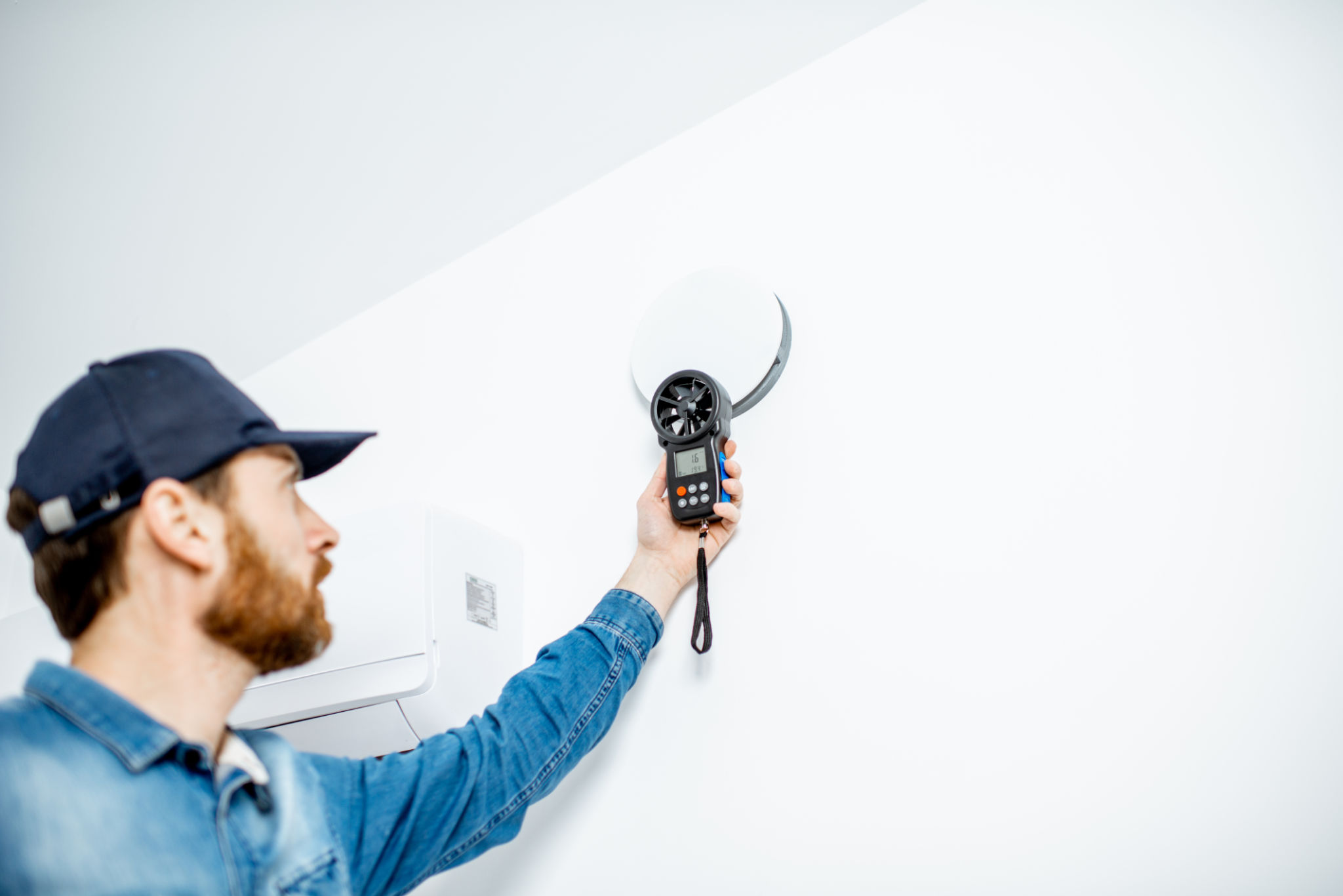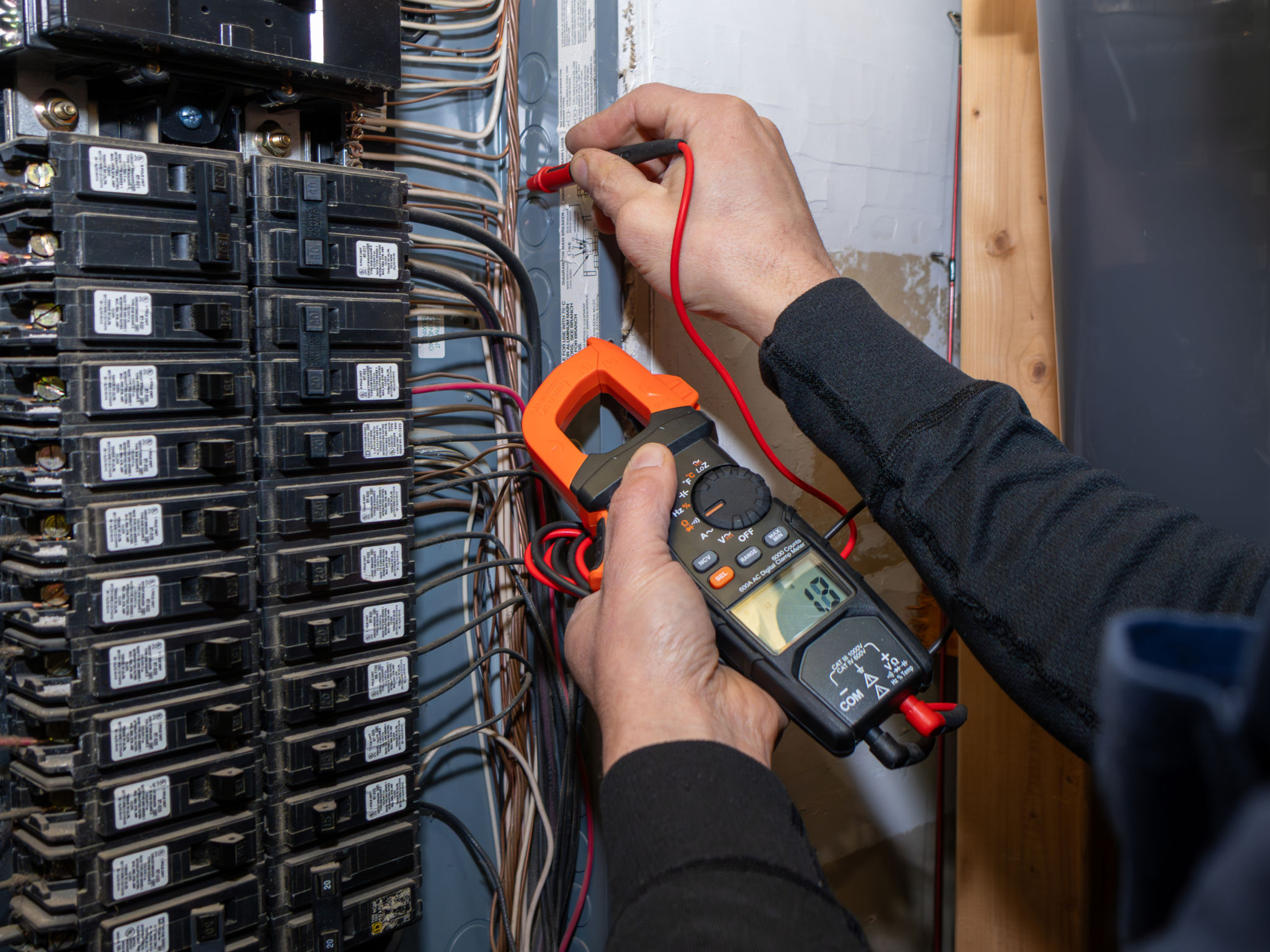DIY Tips for Spotting Potential Property Issues Before the Inspection
When you're on the hunt for a new home, it's easy to get swept up in the excitement of envisioning your future. However, it's crucial to keep a keen eye on potential property issues before you sign on the dotted line. Spotting these concerns early can save you from costly repairs and headaches down the road. Here are some DIY tips to help you identify potential problems before the formal inspection.
Exterior Red Flags
Start your evaluation with the exterior of the property. Check for any visible cracks in the foundation, as these can indicate structural issues. Pay close attention to the roof as well. Look for missing or damaged shingles, which could lead to leaks or water damage.
Examine the gutters and downspouts to ensure they are clear of debris and firmly attached. Proper drainage is essential to prevent water from pooling around the foundation. Additionally, observe the grading of the land around the property; it should slope away from the house to avoid water intrusion.

Windows and Doors
Windows and doors are not only important for security and aesthetics but also for energy efficiency. Check that all windows and doors open and close smoothly without any sticking or gaps. Gaps can lead to drafts and increased energy costs.
Inspect window frames for signs of rot or mold, especially in older homes. This could indicate moisture issues that need addressing. Also, ensure that door locks are functional and secure.
Interior Checks
Once inside, take a good look at the walls and ceilings for any signs of water stains or discoloration, which might point to leaks or plumbing problems. Pay attention to any cracks in the walls; while small hairline cracks can be normal, larger ones may suggest structural concerns.

Plumbing Concerns
Test all faucets and flush toilets to check for water pressure and proper drainage. Slow drainage can be a sign of clogged pipes or more significant plumbing issues. Look under sinks for any leaks or water damage, and be wary of any musty odors that could indicate mold.
Electrical Systems
The electrical system is a critical component of any home. Ensure all light switches and outlets are working correctly. Flickering lights or outlets that don't work could signal wiring problems that need professional attention.

Check the electrical panel for any signs of rust or corrosion, which could indicate moisture issues. It's also important to verify that the panel is updated and suitable for modern electrical demands.
HVAC System
The heating, ventilation, and air conditioning (HVAC) system plays a vital role in maintaining comfort levels in your home. Turn on both the heating and cooling systems to ensure they are operating efficiently without unusual noises.
Inspect the HVAC unit for any visible signs of wear or damage and check filters for dirt buildup, which can affect performance. Regular maintenance records from the seller can provide additional insight into the system's condition.
By taking these DIY steps to spot potential property issues, you can enter the inspection process with a clearer understanding of what to expect. While nothing replaces a professional inspection, your keen eye can help you make an informed decision about your future home.